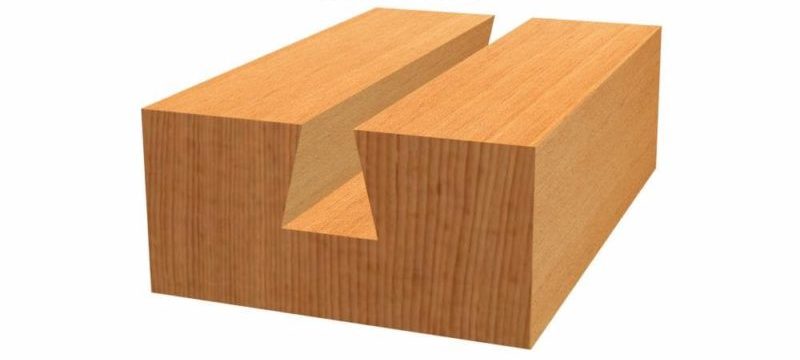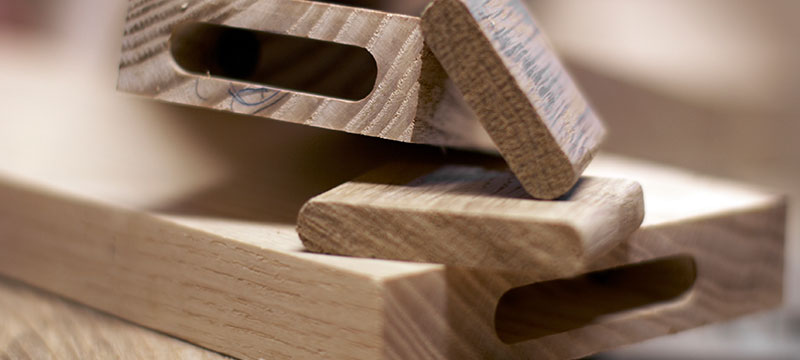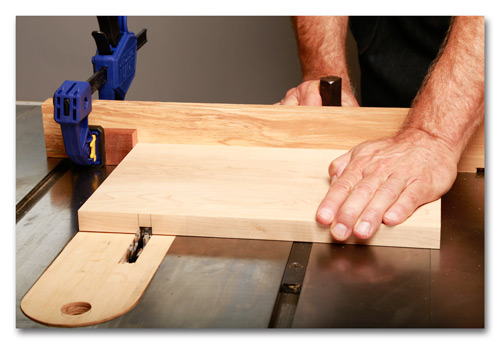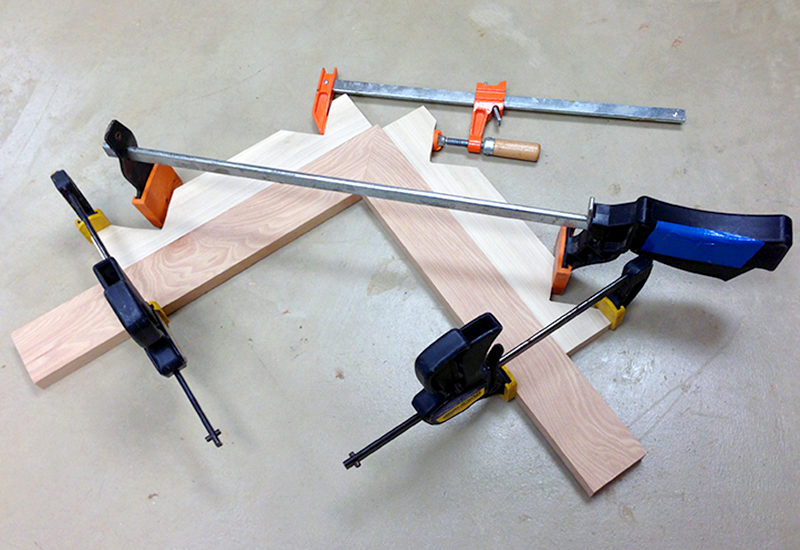Successful woodworking depends greatly on understanding how certain woodworking joints work and how to cut them. Each joint is also likely to have a couple of variations depending on the strength required and the preferred appearance. Let’s take a look at some of the tools you will need, a variety of woodworking joints, and how…
Joining
How to Cut a Dovetail Joint
The dovetail joint is the most robust way to join two pieces of wood at a right angle. We often use dovetail joints while making cabinets, drawers, and other furniture. They are one of the most attractive joining methods and one of the more complex. Today, we will describe how to cut a dovetail joint…
3 Faster and Better Ways to Make Mortise and Tenon Joints
What is a Mortise and Tenon? The mortise-and-tenon joint has long been the “gold standard” in woodworking joinery because of its ease of construction and incredible strength. It consists of a tenon (also called a tongue) on one workpiece (such as a door rail) that fits into a hollowed-out mortise of a mating workpiece (such…
Make Perfect Cuts Using A Dado Joint and Table Saw
Cut Perfect Dado Joints With Your Table Saw The dado joint makes a solid and straightforward connection between component pieces of bookshelves, drawers, cabinets, and other casework. It is simply a square-cornered channel cut across the grain of a workpiece (such as a bookcase side) that accepts the end of a cross piece (such as…
Pick the Best Wood Clamp for Any Job
No woodworker has ever complained about having too many clamps. Though more is definitely better, the real trick is having the right ones on hand and knowing how to use them properly. And while some clamps are highly versatile, only some can do it. Depending on variables such as desired clamping pressure, joint angle, and…





